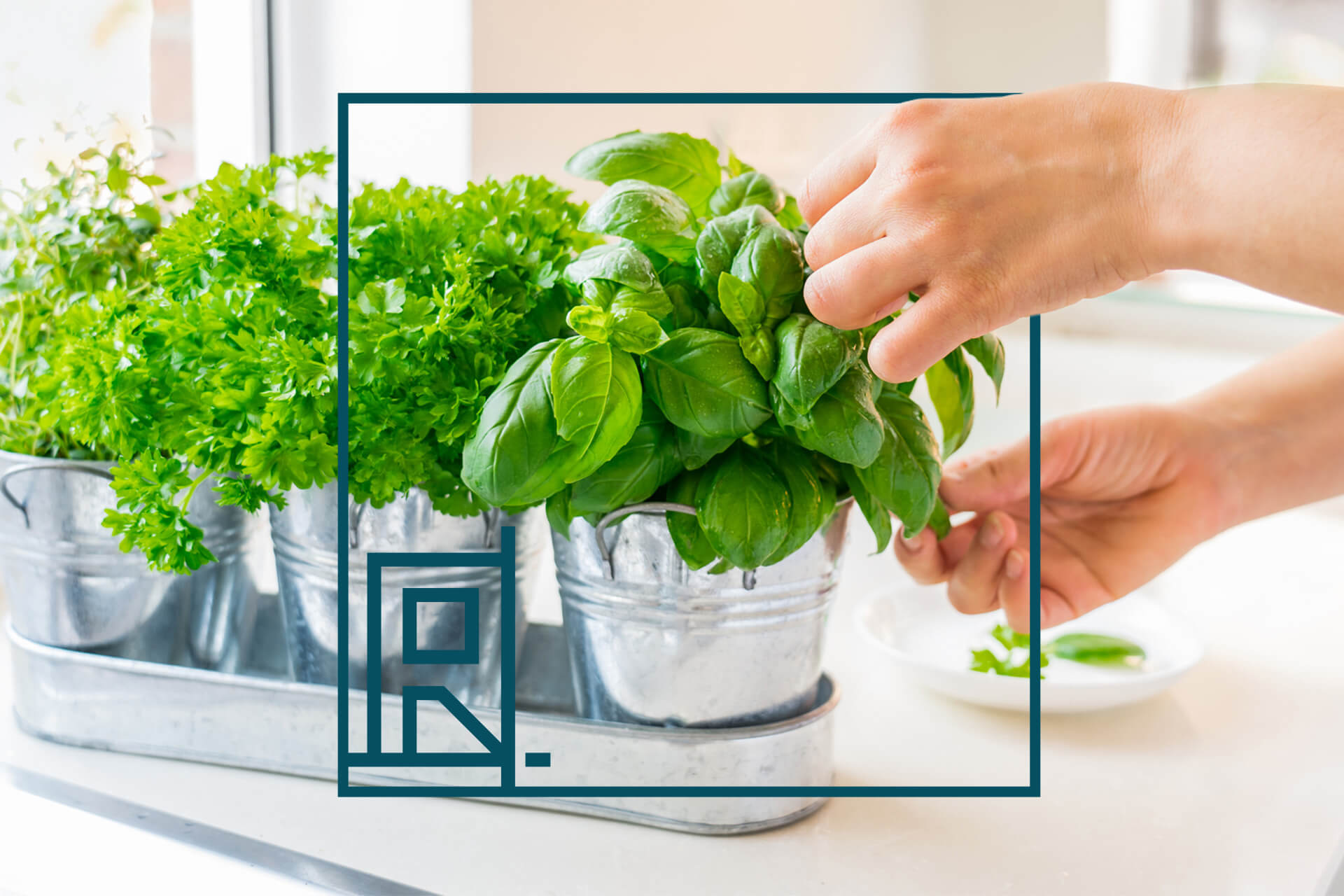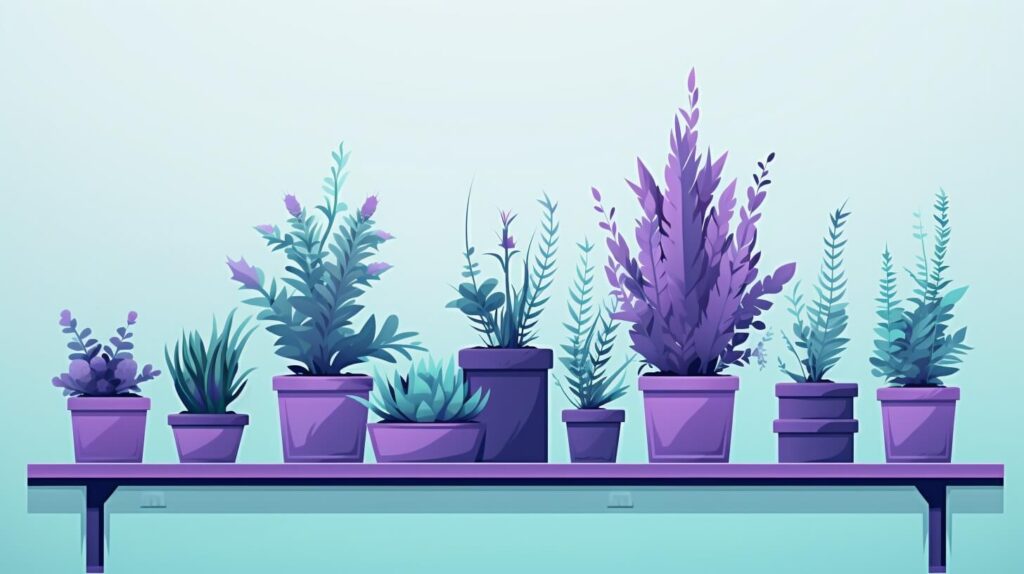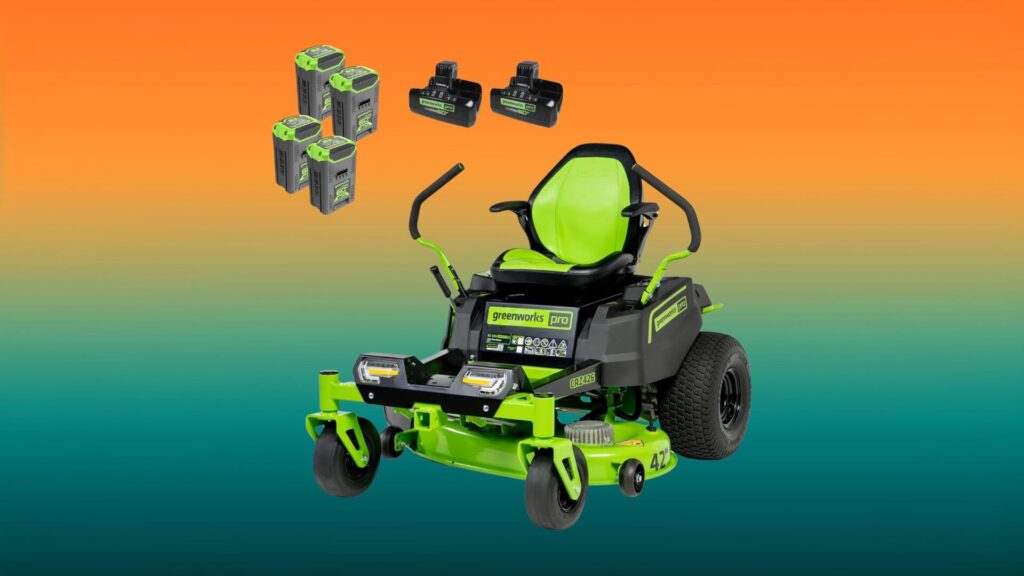
We are reader-supported. When you buy through links on our site, we may earn an affiliate commission.
Growing herbs indoors is excellent for having homegrown seasonings right at your fingertips while adding a bit of greenery and aromatics to your home’s interiors. If you’re interested in dabbling in gardening, starting with herbs is also great for beginners to practice growing plants from scratch.
An indoor herb garden is relatively easy to create. With these six helpful tips, you’ll have yourself a fresh indoor herb garden in no time.
1. Choose the Right Plants
In the proper conditions, most herbs can flourish indoors year-round; however, some herbs thrive better than others, such as basil, mint, chives, oregano, rosemary, thyme and parsley.
You have some options for planting your herbs; for example, you might use seeds or cuttings. Cuttings are branches of an existing herb cut at the node and saturated with water until new roots form.
Many people like to use newly-sprouted seedlings for their indoor herb garden, which you may purchase at a garden center. Seedlings tend to grow more quickly and are easier to maintain.
2. Pick Containers With Drainage
You can plant your herbs in any container, as long as it has decent drainage. You’ll also need to ensure that the pots come with a saucer or a plastic protector to safeguard the surface underneath.
Mason jars are one popular alternative to a traditional flower pot — just make sure to add pebbles to the bottom layer for excess water to collect, preventing your soil from becoming too wet.
Of course, the smaller the pot you use in the beginning, the sooner you’ll find yourself having to transplant your herbs.
3. Find a Sunny Spot
Even indoor plants require sunlight to grow and herbs are no exception. Find a sunny location for your indoor herb garden — preferably where they can receive six hours of sunlight per day.
Avoid placing your herbs in the center of a room or by a window with northern-facing sunlight, as neither location will offer enough. A windowsill, such as above your sink, is usually ideal for maximizing sun exposure to your herbs.
Of course, herb growth is likely to slow down during winter when natural sunlight is minimal. To compensate, you may invest in a grow light for optimal plant growth as you wait for the weather to warm up.
If you decide to put your herbs near a window in the winter, make sure there isn’t a cold draft, which will dry them up.
4. Give Them a Little Water
Perhaps surprisingly, your indoor herb garden will only require a little water to survive. The idea is to keep the soil moist, not saturated.
Herbs are either leafy annuals or Mediterranean, each requiring different watering conditions. Common leafy annual herbs include basil, parsley, dill and mint, while Mediterranean herbs might be lavender, rosemary, thyme and oregano.
You’ll want to water your potted indoor herbs as follows:
- Indoor herbs: General rule is to water them every 5-7 days
- Seeds: Water every three days or as often as needed to prevent soil from drying out
- Mediterranean herbs: Generally drought-resistant and require water every two weeks; however, they may need watering more often indoors
- Leafy annual herbs: Need consistently moist soil and should be watered approximately every five days
The type of potting soil or compost you use makes a difference in how well your indoor herb garden retains moisture. Make sure that you use porous soil for water to work its way out the drainage holes on the bottom.
5. Harvest Gently
As your herbs grow, you’ll want to harvest them in small amounts. Feel free to cut a few sprigs for cooking or crafts with a pair of kitchen scissors. You can also pull a few leaves off as needed.
Regularly pulling or cutting leave and stalks encourages new growth in the plants. However, it’s important to remove only a bit at once. Your herbs may feel distressed when you pull more than a quarter at once, which could kill them.
6. Transplant Your Herbs
Hopefully, your indoor herb garden will be abundant with the proper care. You’ll want to transplant your herbs to a larger pot for room to grow when this happens.
Signs that it’s time for transplanting may include noticing roots shooting from the drainage holes or if the growth halts. Sometimes droopiness is another sign it’s time for repotting.
Whether you transplant your herbs on your outdoor patio or choose to keep them inside, continue exposing them to natural sunlight.
Grow Delicious Herbs All Year
With patience and care, you can grow delicious herbs for cooking and crafting all year round. Whether you prefer lavender to basil or mint to thyme, an indoor herb garden takes little effort and enhances your home beautifully.







